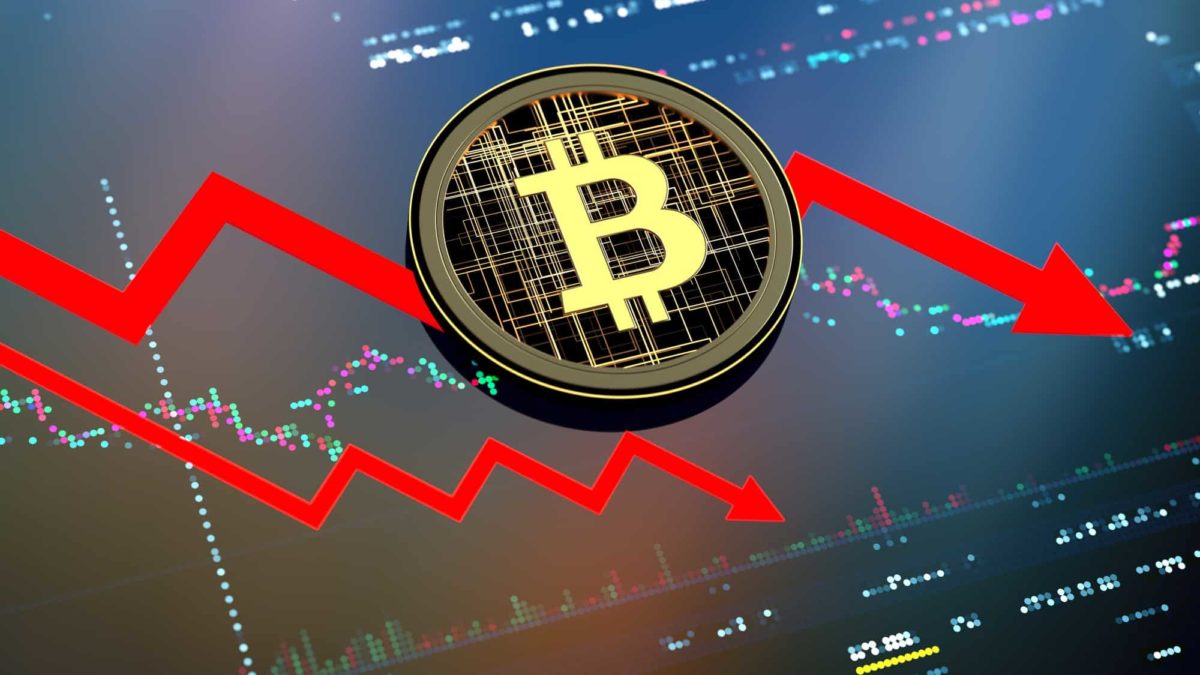June wasn't the best of months for the Bitcoin (CRYPTO: BTC) price.
At all.
Depending on your time zone, the world's biggest token by market cap kicked off June trading for US$31,693. By the time the calendar rolled over into July, the token was worth $18,880, down 41% for the month.
US$31,693 also happens to be the high for the Bitcoin price in June, with it trading as low as US$17,700, according to data from CoinMarketCap.
While Bitcoin has recovered slightly in July, currently fetching US$20,273, it remains down more than 70% from its 10 November all-time highs.
So, what went wrong in June?
Inflation and rising interest rates
The biggest headwind facing the entire cryptocurrency market has been hot running inflation in the developed world and the accompanying interest rate hikes being rolled out to tame that.
An outsized 0.75% interest rate hike by the US Federal Reserve and hawkish guidance on more rate rises ahead saw most risk assets sell-off in June. The tech-heavy NASDAQ, as a handy benchmark, closed the month down 9%.
Of course, that's far less than the Bitcoin price tumbled.
Why did the Bitcoin price crash 41% in June?
Just as the token has the potential to deliver outsized gains when markets are running strong, it also has proven itself able to deliver painfully outsized losses when the selling fever hits.
Bitcoin looks to have come under extra selling pressure after falling below some key levels.
Nothing technical, mind you.
But as the Bitcoin price slipped below US$30,000, a growing number of holders found themselves in the red. In fact, by mid-June, anyone who'd bought the crypto since early December 2020 was sitting on a loss, with analysts estimating half of all investors were underwater.
This looks to be pressuring a number of institutional investors to lighten their crypto holdings.
According to Wilfred Daye, chief executive officer of Securitize Capital:
There may be capitulation because larger institutional players, guys who got in during the current cycle, they're at risk of selling their assets and liquidating their assets. This particular cycle that started late 2020, you had a lot of institutional folks getting in at a higher price, so I think it's more institutional capitulation.
Then there's the crypto miners.
Securitize Capital estimates it costs some crypto miners more than US$20,000 for every Bitcoin they mine. And as the Bitcoin price kept sliding, more miners were selling their tokens to pay their bills, adding to the supply.
According to JP Morgan:
Offloading of Bitcoins by miners, in order to meet ongoing costs or to de-lever, could continue into Q3 if their profitability fails to improve… [Selling] has likely already weighed on [Bitcoin] prices in May and June, though there is a risk that this pressure could continue.







